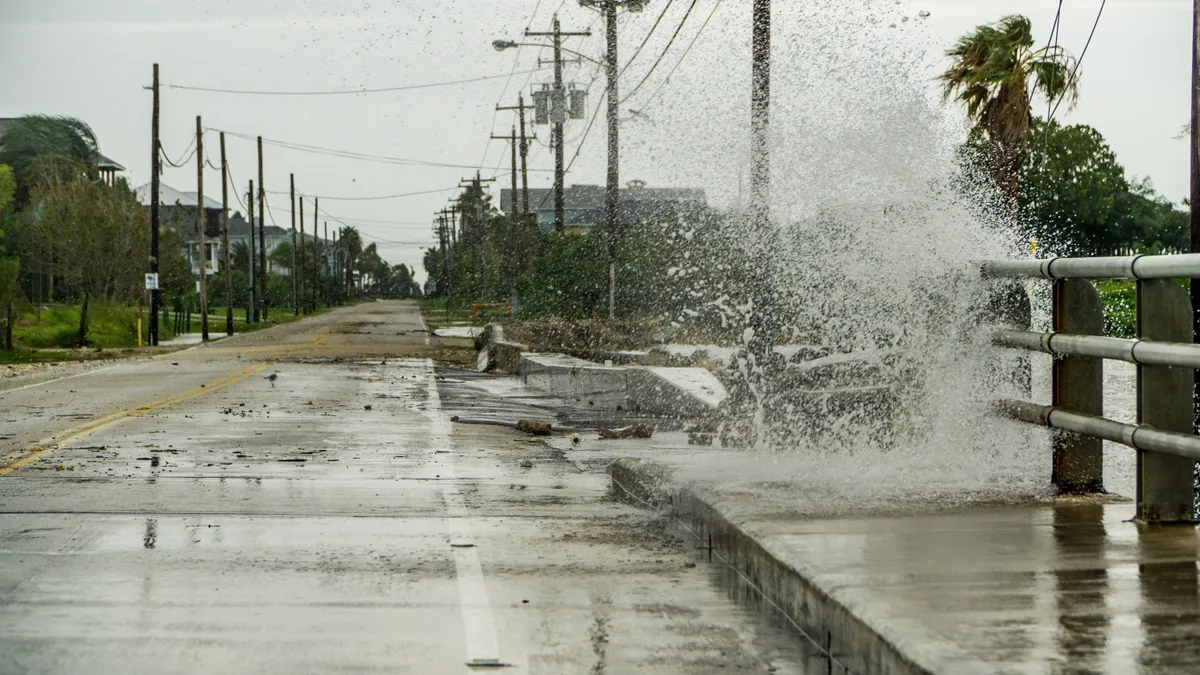People living near coastlines face a growing risk of hurricanes combined with heat waves and power outages, the National Science Foundation said Tuesday, citing a recent NSF-funded study.
However, that risk could be sharply reduced if utilities strategically bury a small amount of their electric distribution systems, according to the study by researchers from Princeton University and Huazhong University of Science and Technology in China.
The study focused on Harris County, Texas, home to Houston. Under a “business as usual” carbon dioxide emissions scenario, the percentage of Harris County residents experiencing at least one combined tropical cyclone-blackout-heatwave longer than five days would grow from 0.8% to 18.2% by the end of this century.
Hurricanes threaten about 60 million U.S. residents and will likely become more intense, causing more severe power outages, the researchers noted in the study.
“Hurricane-induced power outages are likely to become more severe, as increasing evidence shows that hurricane intensity will increase due to climate change,” the researchers said. “This potential change should be quantified and accounted for in planning future energy infrastructure.”
The researchers suggested utilities could significantly reduce power outage risks by burying wires that are close to the root nodes of distribution networks, or about 5% of the networks.
“A targeted undergrounding strategy is much more efficient than the widely-applied uniform undergrounding strategy in increasing the resilience of the power system,” the researchers said.
The report comes as the Federal Energy Regulatory Commission is increasingly focused on protecting the grid from extreme weather. In June, the commission proposed two rules aimed at protecting the grid from hurricanes, wildfires and other forms of extreme weather.














